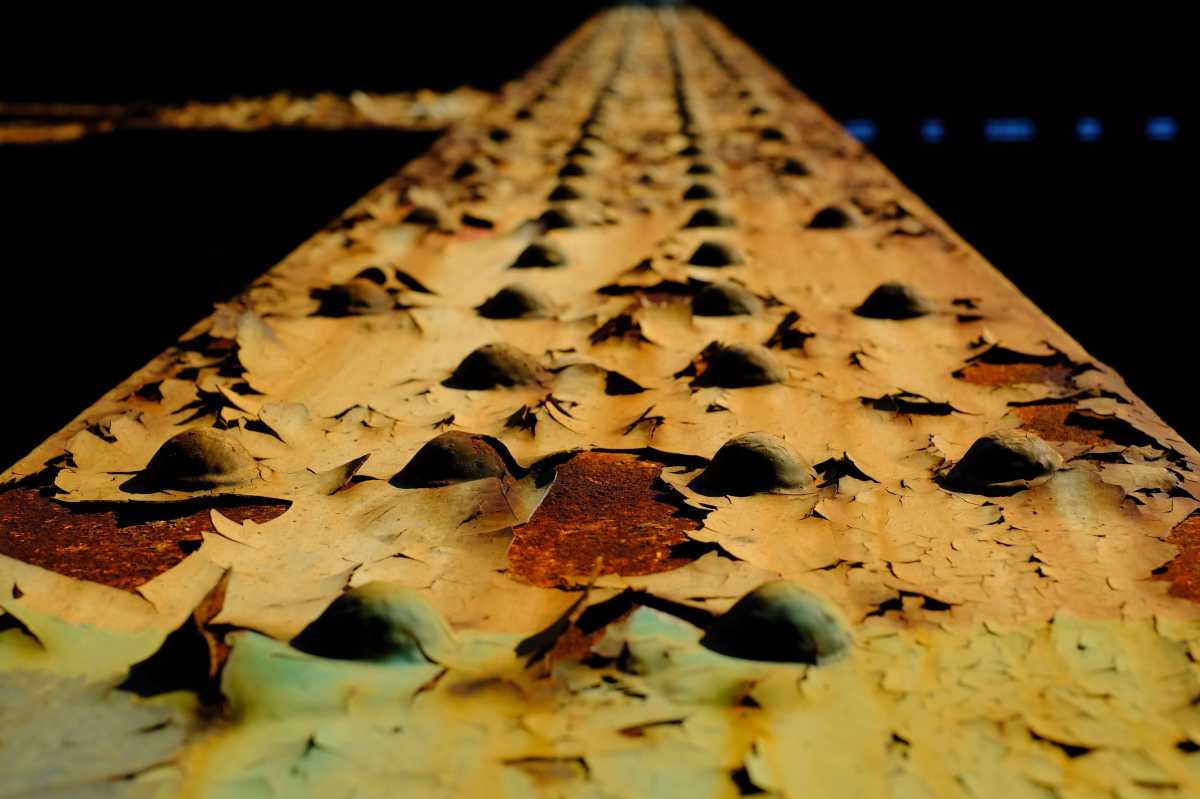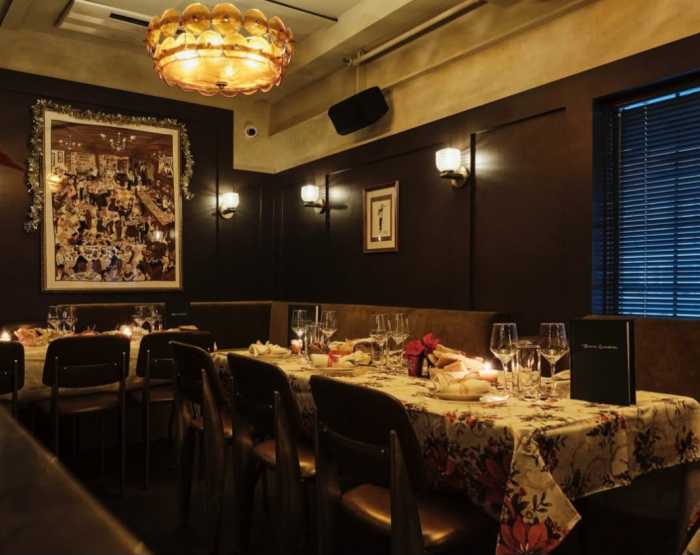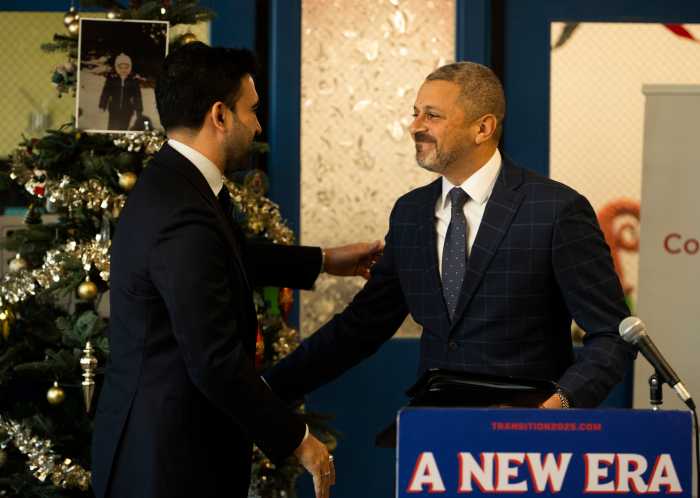The MTA revealed on March 18 vast service improvements over last year’s numbers in February with subways and buses either on or near schedule due to the Subway Action Plan and another initiative to raise the speed limit of trains to meet deadlines.
But while service may be improving, a different kind of concern is now broadening across Queens: falling debris from the 7 train trestle in Long Island City and Woodside, and now the A train in Ozone Park.
New York City Transit President Andy Byford said that trains are now meeting an average on-time performance of 75 percent compared to last year which only saw a rating of 60 percent which they attributed partly to the implementation of the Subway Action Plan drafted by former MTA Chair Joe Lhota to remove debris from tracks and tackle other seemingly small issues that cause trains to stall.
“We are now seeing numbers that show consistent and sustained improvements resulting from the Subway Action Plan and Save Safe Seconds,” Byford said. “Our ability to reduce our major daily incidents is resulting in fewer delays, faster trains, and an overall better experience for our customers.”
Meanwhile, Patrick Tsang took to social media on March 15 in a Twitter post when he exhibited a chunk of metal that had fallen onto his car while passing over the Sunnyside Yard on Queens Boulevard and other incident in Richmond Hill on Monday when a woman’s car was dented by a bolt.
“We obviously take any report like this seriously and sent a team to investigate. We didn’t find anything abnormal at the scene – there was no debris on the ground, the track was inspected from both sides and all components were found to be secure. Our systemwide inspection of all elevated track structures continues,” an MTA spokesman said.
The MTA said they also examined the area where Tsang’s car was struck and found nothing out of place. The agency claimed that workers walk all elevated track twice a week, and conducts annual inspections.
Councilman Jimmy Van Bramer has called for protective netting to be hung under the tracks to keep the public safe from any future incidents.
After two separate incidents in late February and early March where the windshield of a car driving down Roosevelt Avenue near 61st Street – Woodside Station was speared by a wooden beam through the windshield and another where a rusted piece of metal landed near another at in the immediate area, QNS documented the level of decay at the station.
The 2015-2019 Capital Plan lists the station as being in a state of good repair with $34.8 million committed to different projects at station pertaining to electronic equipment.
But a study from the Citizens Budget Commission listed the Woodside Station among the 33 worst out of the 472 stations in the system citywide, and the real problem comes down to funding the agency.
But with systemwide improvements approximated to cost the state $40 billion and the MTA approaching a $1 billion deficit by 2022, a dedicated revenue source for the agency is still only a dream with Gov. Andrew Cuomo’s congestion pricing proposal slated in the budget but yet to be approved by the legislature.
A new Siena College poll showed that up to half of 700 English-speaking New Yorkers statewide are in favor of congestion pricing which has mainly only seen pockets of opposition from Queens led by politicians in the eastern portion of the borough as well as the southwest where transit deserts for people to commute to work by car.
Congestion pricing, once proposed by Mayor Michael Bloomberg and rejected by the Legislature, has the potential to raise $15 billion for the next MTA five-year capital plan by charging drivers up to $11 to cross the river into Manhattan below 60th Street during business hours, according to Cuomo.
Elected officials such as Councilman Barry Grodenchik, state Senator Leroy Comrie and Assemblyman David Weprin came out in opposition when a study showed their district would be most severely impacted, with 4 percent of constituents driving to work in Manhattan.
In January, however, these pols and state Senator John Liu called on the MTA release more details on the congestion pricing plan before April when the deadline to include it in the 2020 executive budget or they will not take a vote.
The MTA is currently embarking on a $25 million project to remove lead paint from the 7 line trestle after it was reported in 2017 that toxic levels of lead existed along the line.





































